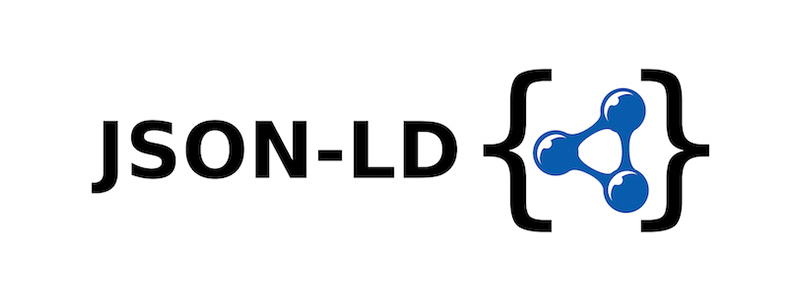Using HttpClient with Sync and Async in C#
By Tan Lee Published on Jan 09, 2025 664
The System.Net.Http.HttpClient() provides a robust HTTP client, but using it can be a challenge, especially if you're not familiar with asynchronous programming like I wasn't.
To help, here's a quick reference guide on how to navigate Task<>, async, and await when working with HttpClient().
I've removed HttpClient from the using statement. This change prevents creating a new instance of HttpClient for each request, which can lead to socket exhaustion.
For example, Using HttpClient GET with a Return Value
private static readonly HttpClient _httpClient = new HttpClient();
public static async Task<string> GetAsync(string queryString)
{
string authUserName = "user";
string authPassword = "password";
string url = "https://foxlearn.com";
// Include these lines for basic authentication
var authToken = Encoding.ASCII.GetBytes($"{authUserName}:{authPassword}");
_httpClient.DefaultRequestHeaders.Authorization = new System.Net.Http.Headers.AuthenticationHeaderValue("Basic", Convert.ToBase64String(authToken));
// The actual GET request
using (var response = await _httpClient.GetAsync($"{url}{queryString}"))
{
string content = await response.Content.ReadAsStringAsync();
return content;
}
}Usage:
// Synchronous code: string queryString = "?param=example"; string result = GetAsync(queryString).Result; // Asynchronous code: string queryString = "?param=example"; string result = await GetAsync(queryString);
For example, Using HttpClient PUT “Fire-and-Forget” Without Return Value
private static readonly HttpClient _httpClient = new HttpClient();
public static async Task PutAsync(string postData)
{
string authUserName = "user";
string authPassword = "password";
string url = "https://someurl.com";
// Include these lines for basic authentication
var authToken = Encoding.ASCII.GetBytes($"{authUserName}:{authPassword}");
_httpClient.DefaultRequestHeaders.Authorization = new System.Net.Http.Headers.AuthenticationHeaderValue("Basic", Convert.ToBase64String(authToken));
// The actual PUT request with error handling
using (var content = new StringContent(postData))
{
var response = await _httpClient.PutAsync(url, content);
if (response.StatusCode == HttpStatusCode.OK)
{
return;
}
else
{
// Log the status code and response content
string responseContent = await response.Content.ReadAsStringAsync();
// Log the details
}
}
}Usage:
// Call the method asynchronously and do not wait for the result (fire-and-forget)
PutAsync("data");
// If you need to wait for the completion, use .Wait()
PutAsync("data").Wait();This should give you a simple and clear way to work with the HttpClient class using async and await.
Categories
Popular Posts
Structured Data using FoxLearn.JsonLd
Jun 20, 2025
Implement security headers for an ASP.NET Core
Jun 24, 2025
10 Common Mistakes ASP.NET Developers Should Avoid
Dec 16, 2024
HTML Bootstrap 4 Login, Register & Reset Template
Nov 11, 2024





